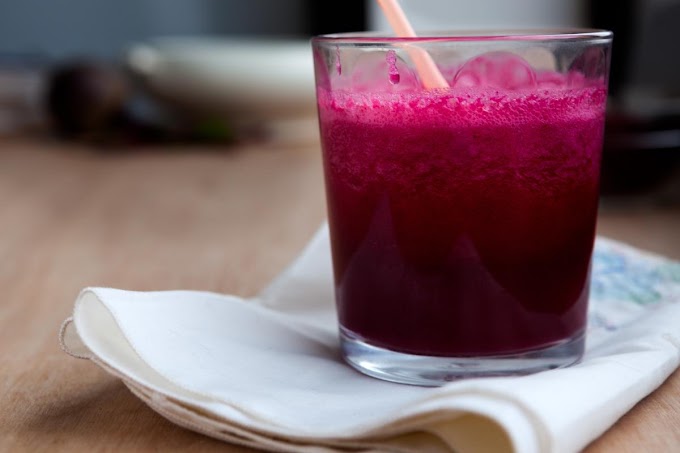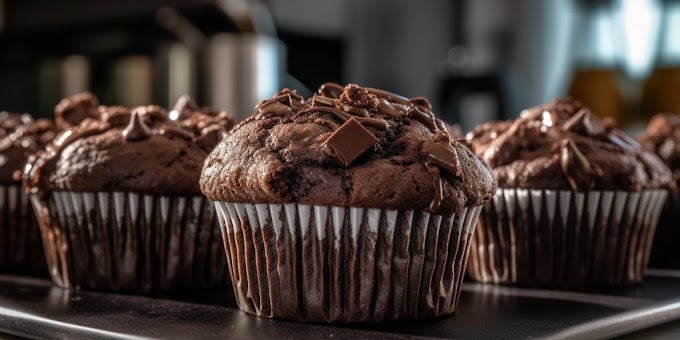Why No-Knead Bread Works
Kneading traditionally helps develop gluten, the protein that gives bread its structure and chew. In a no-knead method, time replaces physical effort. Allowing the dough to ferment over a long period lets the gluten develop on its own. This slow fermentation not only enhances the bread’s texture but also improves the flavor, making it more complex and rustic.
The concept of no-knead bread was popularized by Jim Lahey, a New York baker, in 2006. His recipe revolutionized home baking, showing that you don’t need fancy equipment or a bread machine to make delicious artisan bread.
Basic No-Knead Bread Recipe
Let’s get right to it: here’s a step-by-step guide for making no-knead bread at home.
Ingredients:
3 cups all-purpose flour
1/4 teaspoon active dry yeast
1 1/4 teaspoons salt
1 1/2 cups lukewarm water
Instructions:
Mix the Ingredients: In a large bowl, whisk together the flour, yeast, and salt. Add the water and stir until it forms a shaggy dough. The dough will look sticky and somewhat messy — that’s exactly what you want. No need to overwork it.
Let It Rise: Cover the bowl with plastic wrap or a kitchen towel, and let the dough rest at room temperature for 12 to 18 hours. Yes, that’s a long time, but it’s completely hands-off, and this slow fermentation is key to developing flavor and texture.
Shape the Dough: After the long rise, the dough should have expanded significantly and look bubbly. Gently turn it out onto a lightly floured surface. Fold the dough over itself once or twice to shape it into a rough ball. No kneading necessary! Let it rest for about 30 minutes.
Preheat Your Dutch Oven: While the dough is resting, preheat your oven to 450°F (232°C). Place a heavy pot, such as a cast iron Dutch oven, into the oven as it heats. This will help create a steamy environment inside, which is essential for a crisp crust.
Bake the Bread: Once your pot is preheated, carefully transfer the dough into the pot (you can place parchment paper underneath to make this easier). Cover the pot with a lid and bake for 30 minutes. Then, remove the lid and bake for an additional 15 to 20 minutes, until the bread is golden brown and sounds hollow when tapped on the bottom.
Cool and Enjoy: Let the bread cool on a wire rack before slicing. This step is important because it allows the bread to finish cooking and firm up.
That’s it! You’ve just made homemade bread without any kneading.
Tips for Perfect No-Knead Bread
While this recipe is simple, there are a few things you can do to ensure your bread comes out perfect each time:
Use the Right Pot: A heavy, lidded pot like a Dutch oven is ideal for no-knead bread because it traps steam, creating a professional-quality crust. If you don’t have a Dutch oven, you can use any heavy oven-safe pot with a lid, or even a baking stone with a metal bowl placed over the top.
Don’t Rush the Fermentation: The magic of no-knead bread is in the long rise time. Letting the dough ferment for at least 12 hours (and up to 18) allows the gluten to develop naturally. If your kitchen is very cold, you might need to let it rise even longer. Patience is key!
Experiment with Flours: While all-purpose flour is the easiest to use, you can experiment with whole wheat, rye, or spelt flours for different textures and flavors. Keep in mind that heavier flours may require slightly more water to maintain the dough’s hydration.
Add Mix-ins: Once you’ve mastered the basic recipe, you can add all sorts of ingredients to your dough, like herbs, garlic, olives, or even dried fruit and nuts. These mix-ins can elevate your bread and create endless variations.
Benefits of No-Knead Bread
Time-Efficient (Hands-Off): Though the fermentation process takes a long time, your actual active time is very short. You spend only a few minutes mixing ingredients and shaping the dough. The rest is up to the yeast and time.
Minimal Equipment: Unlike traditional bread-making, no-knead bread doesn’t require any fancy tools like stand mixers or dough hooks. All you need is a bowl, a spoon, and a heavy pot.
Superior Crust and Flavor: The long fermentation enhances the flavor of the bread, giving it a subtle tang reminiscent of sourdough. The steamy baking environment created in the pot results in a crispy, crackly crust that’s hard to achieve with other home-baking methods.
Beginner-Friendly: No-knead bread is forgiving. Even if you’re a complete novice at baking,you can achieve fantastic results. The dough is very wet, but don’t be intimidated — it’s supposed to be sticky.
Variations of No-Knead Bread
The beauty of no-knead bread is its versatility. Once you’re comfortable with the basic method, try some variations:
Whole Wheat No-Knead Bread: Substitute 1 1/2 cups of the all-purpose flour with whole wheat flour for a more wholesome, hearty bread.
No-Knead Garlic Rosemary Bread: Add 2 teaspoons of chopped fresh rosemary and a few cloves of minced garlic to the dough for a fragrant, savory loaf.
No-Knead Rye Bread: Replace 1 cup of the all-purpose flour with rye flour and add 1 tablespoon of caraway seeds for a tangy, rustic bread perfect for sandwiches.
Storing Your No-Knead Bread
One downside of homemade bread is that it doesn’t contain preservatives, so it won’t last as long as store-bought bread. However, you can still store it effectively:
Room Temperature: Store the bread in a paper bag at room temperature for up to two days. Avoid using plastic, as it can make the crust soft.
Freezing: To extend the bread’s life, you can freeze it. Once the bread has cooled completely, wrap it tightly in plastic wrap and place it in a freezer-safe bag. It will keep for up to three months. When you’re ready to eat it, let the bread thaw at room temperature and refresh it in a 350°F (177°C) oven for 10 minutes.
Conclusion
Making homemade bread doesn’t have to be intimidating or labor-intensive. With the no-knead method, you can bake a beautiful, artisan-style loaf in your own kitchen with minimal effort. Whether you’re a seasoned baker or a complete beginner, this recipe is foolproof and delivers consistent, delicious results. Give it a try, and soon, you’ll be enjoying the aroma of freshly baked bread wafting through your home — no kneading required!








Social Plugin